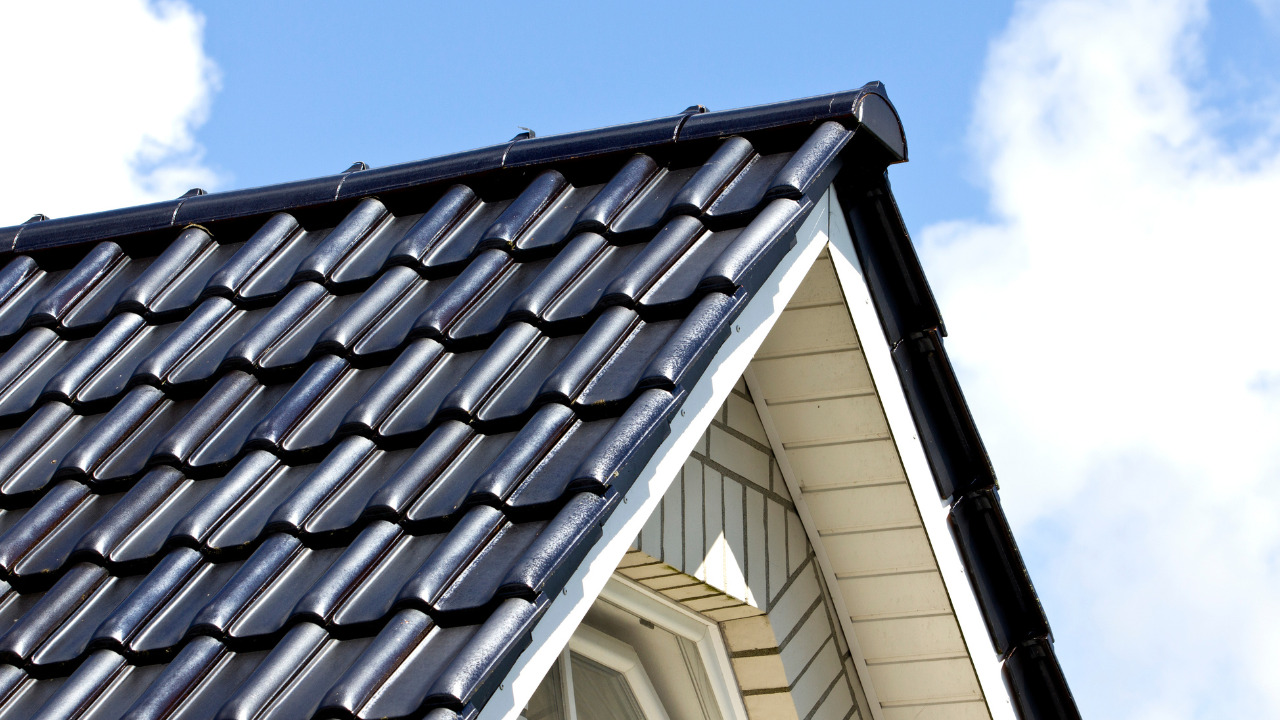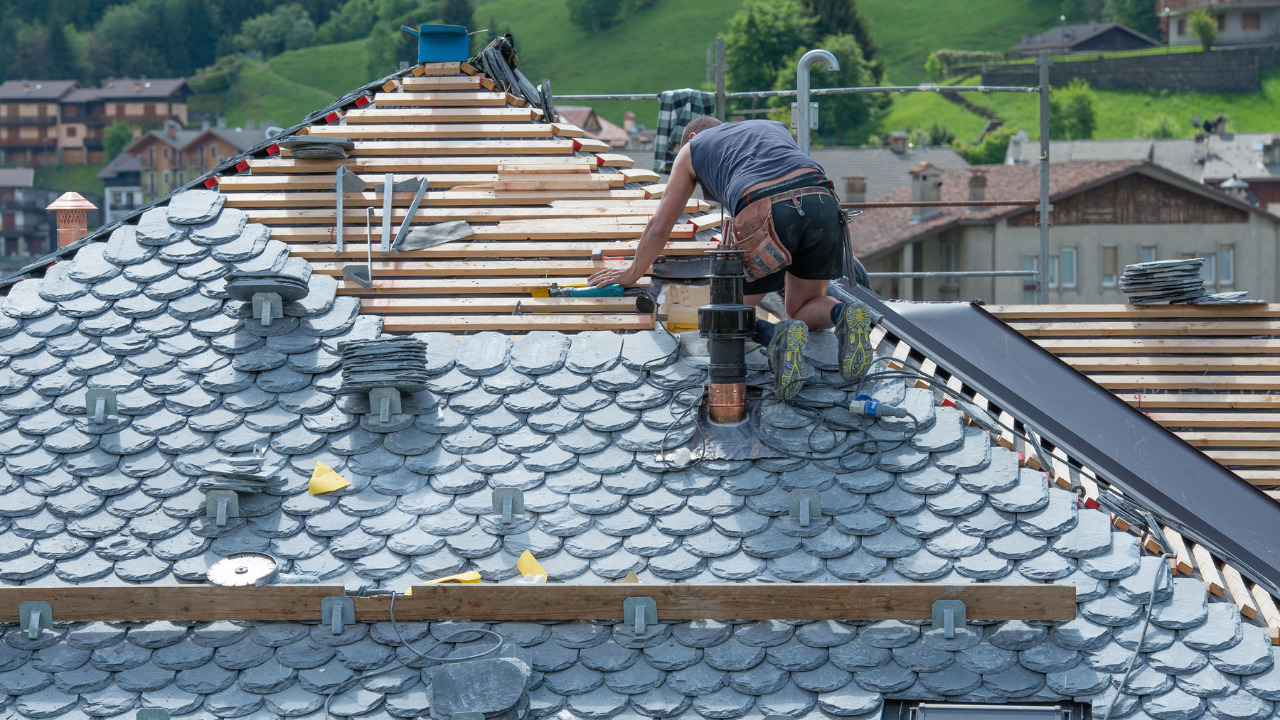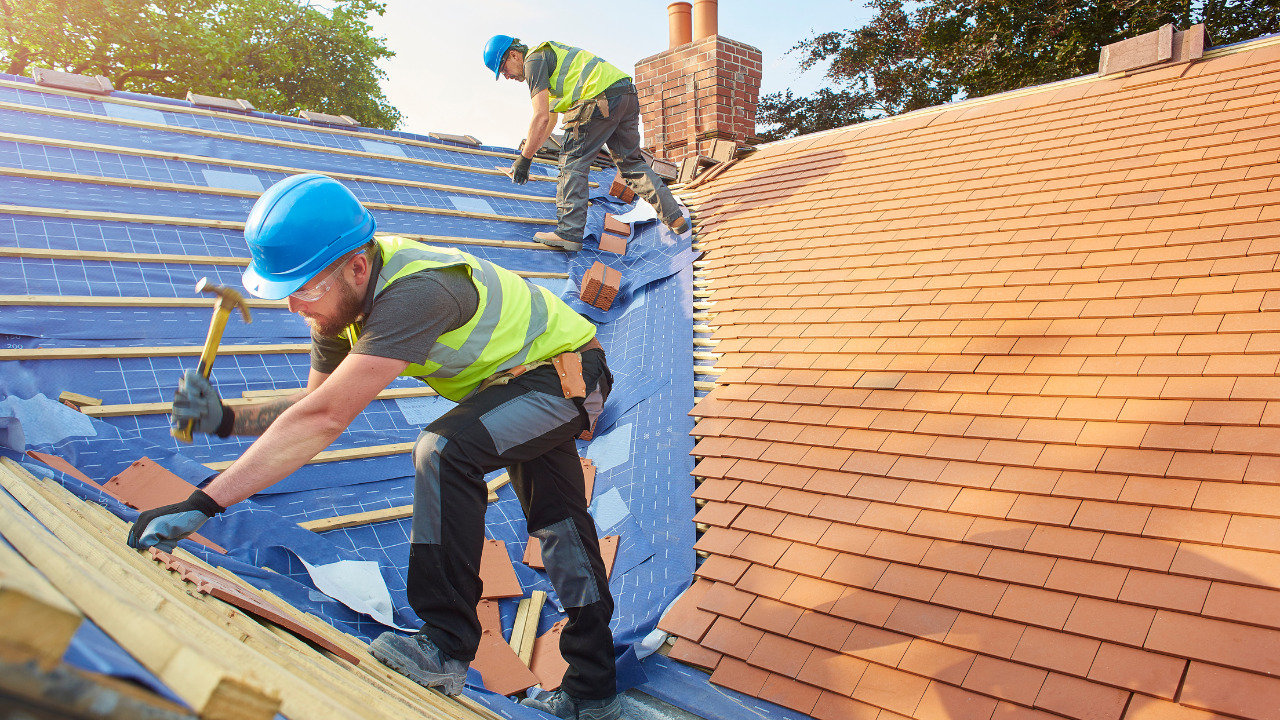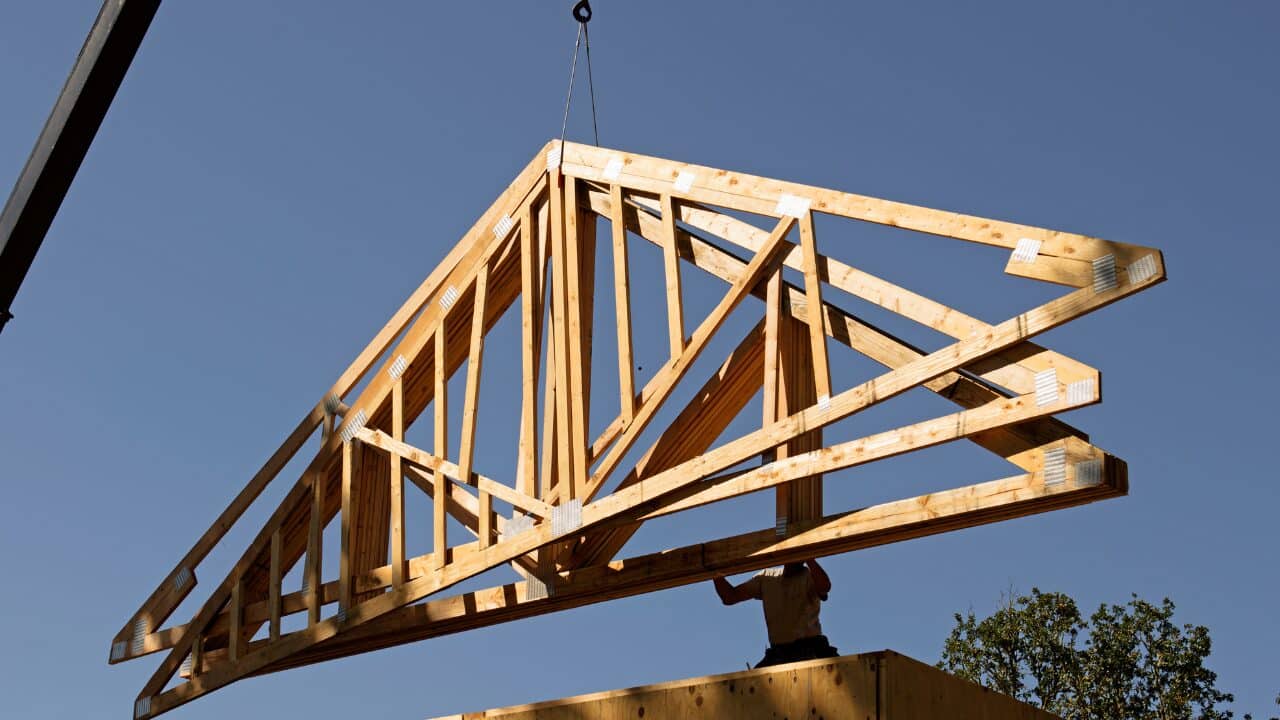When a roof meets a gable, the tiles terminate as the roof verge. A roof verge is typically fixed with mortar to produce a watertight, weatherproof surface.
Dry-fixing, also known as dry verge systems, is a type of roofing that uses verges or caps that clip over the edges of the roof tiles to secure them, protect them from damage, and keep out vermin and water.
The total roof system limits the reliability and functionality of a covered roof surface. As a result, a roof’s closing also greatly impacts how long it lasts and how well it can withstand the elements.
Roof closures require special consideration. The verge, the lateral roof closure, is where the façade transitions to the vertical roof.
The verge is often referred to as the front of the house. The verge is the main point of interest when viewing a house. Consequently, it typically has a very intricate design or is richly adorned.
Table of Contents
Why Should You Consider A Dry Roof Verge?
The wet verge mortar is traditionally used to fix roof verges, which are the outer edges of the roof at gable ends. This stops water and living things from getting into your roof space. Mortar is not resilient in wet verge.
Thermal motions and expansion can lead to cracks in the mortar, and weather can further hasten the mortar’s degeneration over time. As a result, wet verge systems need intensive maintenance, including repointing, to be operational. A dry verge offers a great protection system for a wet verge with several advantages.
Built-In Vents In Dry Roof Verge Are Important For Ventilation
Plastic is typically used to create dry verge systems because it offers greater durability and requires less upkeep. You can give your home a consistent look with a dry plastic verge and a spotless finish to boost its potential market value.
Dry verge systems are available with built-in vents that permit roof space ventilation. A dry verge system aids in lowering the likelihood of dampness and mildew developing in the roof and the amount of warm air and moisture in the roof space.
Dry Verge Roof Fixing Is More Durable Than Wet Verge
To keep water out and pests like birds from building nests on your roof, these sections near the edge of your roof are typically fastened with mortar. We refer to these roofs as having wet verges, which are mortar-rendering roofs.
Without a doubt, mortar performs the function it was designed for; it prevents insects from entering your roof and prevents water from pouring through. The durability of mortar is really where the issue resides.
Mortar deteriorates naturally over time due to weathering brought on by exposure to the elements and natural movement within a building structure, which can cause the mortar to become loose. This causes the mortar to crack, resulting in the issues it is designed to avoid. Your roofline may also become rather unattractive as a result.
Fortunately, alternatives to mortar can help keep pests and water out of your roofing. With the growing popularity of dry fixing as a roofing alternative, your roof can be protected from the elements and pests without needing mortar.
Why Do You Need To Consider Roof Verge’s Maintenance?
While many areas of your roof are prone to being pummelling by inclement weather, ridge tiles are different from ordinary tiles in that they will only be directly hit by rain, as opposed to being allowed to channel flowing water.
They are also exposed to areas where the wind changes course. The importance of ridge tiles to the overall integrity of your roof makes all of this understandably concerning. When storms and strong winds loosen the ridge tiles that bind down the roof’s two closest rows, other tiles may also fall off.
The roof’s entire tiling structure may end up tumbling off as different rows of tiles work to support one another. As a result, that’s more of a worst-case situation, but the main point is still valid. Those ridges are essential to the overall integrity of your roof and are not merely accidental characteristics.
What Would Be The Cost For Roof Dry Verge Installation?
Choosing between plastic dry verge caps or repointing mortar to renovate an old roof can be challenging. Dry verge caps cost more than standard repointing, but the advantages outweigh the price.
Even though dry verge caps are more expensive, they endure much longer. In contrast to masonry, which requires routine maintenance and inspections to ensure it is still in place, they are built to be resilient and withstand high-speed winds.
Frequently Asked Questions
What is the basic purpose of a roof verge?
The fringe tile is an edge tile with vertical side lobes pressed into position to cover the gable margins at an angle to the roof surfaces. Clay verges offer a neat, weather-tight roof closing. The verges are particularly simple to install because their gauge is similar to regular clay roof tiles.
Can you fix a roof verge?
Yes! Small fractures in the verge’s mortar can be swiftly repaired with a roof and gutter sealer. The applicator injects this into the crack, and after it has dried, it is painted over. If the mortar is to be left unpainted, you can purchase sealer in a variety of colors to complement it.
Which is the best material for the roof verge?
Nowadays, UPVC is the material most frequently used in dry verge systems. Your roof verges benefit from having a safe, watertight finish, thanks to UPVC. Most roof tile varieties, including concrete, clay interlocking, and plain roof tiles, can accommodate these technologies for installation.
Bottom Line
Since mortar has the propensity to degrade with time, it is likely that your current verges and ridges heavily rely on it. This could be cause for concern. Because of this, every roof’s mortar will ultimately need to be replaced, often with a better long-term alternative.
Above all, dry verge roofing provides all the necessary roofline protection as efficiently as wet verges, if not better. Selecting dry verge caps also comes with some clear benefits in terms of ventilation.










